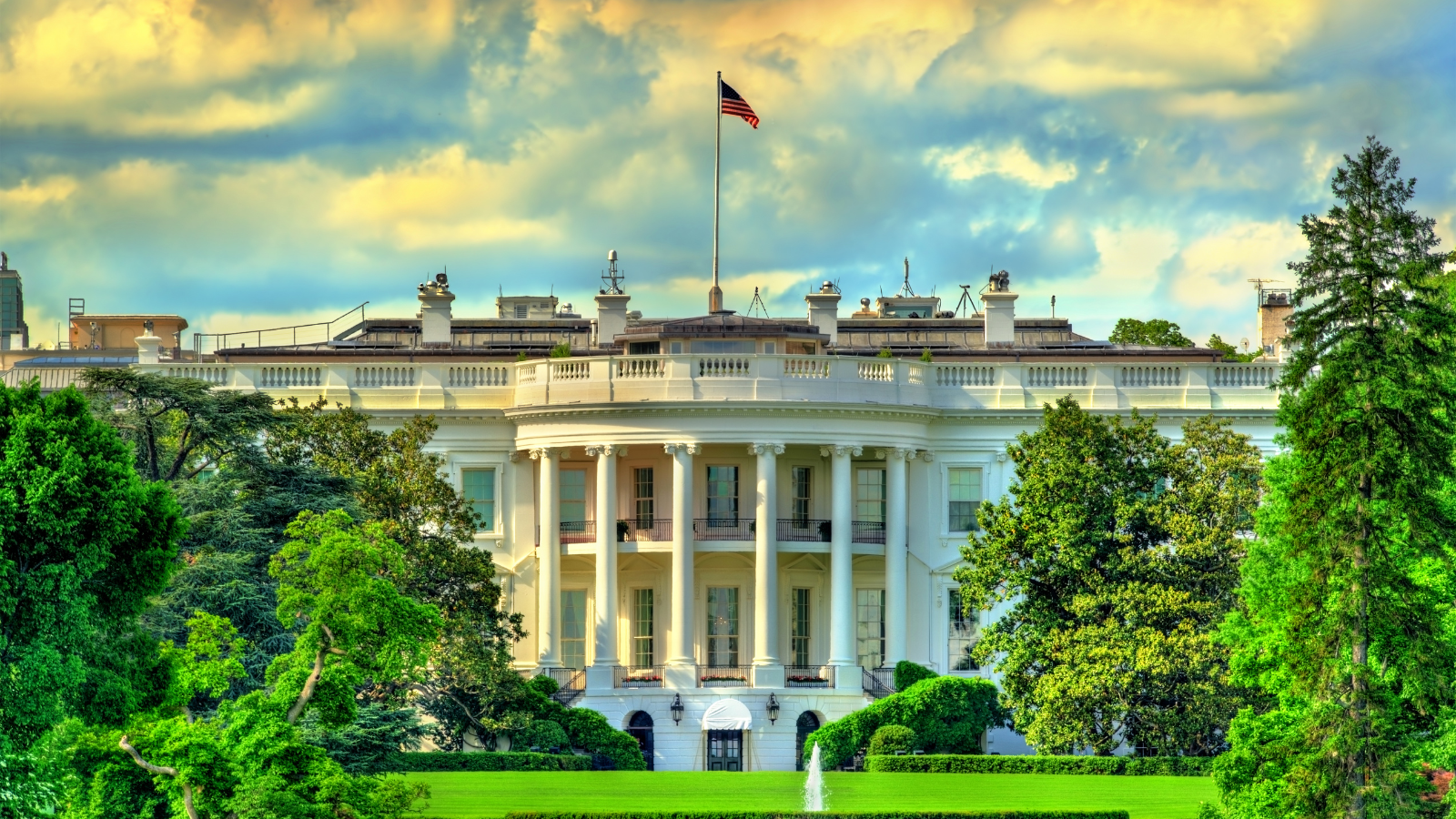Companies need peak season labor spots filled - but will the workers answer their call?
The holiday season is also peak season for the supply chain. Some of the world’s largest supply chain providers will be looking for seasonal staffing soon, including UPS. The global freight delivery company is expecting to hire more than 100,000 workers to be driver helpers and package handlers. The United States Postal Service is also adding an additional 28,000 seasonal employees as part of its newly launched Delivering for America plan.
Regardless of the help needed to fulfill the peak season demand, it remains to be seen if the workers will show up to take the positions. The ongoing labor outlook is still grim, and there are no guarantees that companies can rely on an influx of workers submitting applications for peak season work.
United Parcel Service (UPS) has reported a better-than-expected quarterly profit, navigating through softer package delivery demand with strategic cost reductions and focusing on high-margin sectors.
FedEx and UPS have introduced Delivery Area Surcharges (DAS) in 82 additional ZIP codes across the US, covering nearly 1% of the population.
In the fast-paced world of logistics, FedEx and UPS are making some big changes.
Oh, Canada! UPS is launching a new Saturday home delivery service in key Canadian markets, starting with Toronto and expanding to Greater Vancouver, Montreal, Calgary, and Laval by March.
UPS is scaling back package sorting shifts and reducing staff at facilities in Connecticut, Maryland, and Oregon due to decreased demand for package delivery.
United Parcel Service (UPS) is exploring options, including a potential sale, for its brokerage unit, Coyote Logistics.
UPS is set to cut 12,000 jobs in a cost-saving move aimed at reducing expenses by $1 billion.
UPS and FedEx have decided to extend their demand surcharges for additional handling and large packages, despite lower year-over-year volumes.
A recent Fox News poll revealed that more than 75% of Americans are worried about the state of the economy.
A video showing heavy Thanksgiving travel traffic on the 405 Freeway in Los Angeles has gone viral on social media, with people expressing both amazement and frustration at the congestion.
Walmart's stock reached an all-time high, hitting $166.30, as investors anticipate the retail giant to outperform its competitors during the holiday season due to its reputation for offering value.
UPS is gearing up for the holiday season by planning to hire more than 100,000 workers, a number consistent with its hiring levels over the past three years.
As the fall season approaches, retailers are gearing up for the peak season.
Amazon.com Inc. is planning to hire 250,000 logistics workers for the upcoming holiday season.
The U.S. Postal Service has announced that it will not impose peak season surcharges during the upcoming holiday season.
The recently ratified labor contract between UPS and the International Brotherhood of Teamsters is expected to exert wage pressure on other logistics companies, including FedEx.
Since securing a $30 billion contract over five years, United Parcel Service (UPS) has experienced a surge in interest from job seekers.
The Teamsters and UPS have reached a tentative labor agreement, averting a potential strike that could have disrupted the supply chain.
Despite the looming threat of a UPS strike, many companies have not shifted their package volumes to other carriers.
A potential strike by 340,000 unionized workers at United Parcel Service Inc. (UPS) has the U.S. economy on edge, as it could intensify two significant challenges: inflation and supply-chain disruptions.
As negotiations between UPS and the Teamsters Union continue, the possibility of a strike is already having an impact on the logistics sector.
Negotiations between UPS and the Teamsters Union have resumed after a pause, bringing hope to UPS shippers.
With the July 31 strike deadline approaching for Teamsters at UPS, concerns are growing about the potential impact on the supply chain and the economy.
Negotiations between UPS and the Teamsters union, representing 340,000 workers, have reached a standstill, with a looming July 31 deadline for a new contract.
A potential 10-day strike by UPS workers in the US could have significant economic consequences, estimated to cost the country $7.1 billion, according to an analysis by Anderson Economic Group.
The ongoing contract negotiations between UPS and the International Brotherhood of Teamsters have reached an impasse primarily due to differing proposals regarding part-time employee wages.
The US Courier, Express, and Parcel (CEP) market has seen a decline in demand and a shift in consumer spending patterns, leading to decreased package deliveries.
The 1997 UPS strike exposed the risks associated with relying on a single carrier for business operations, impacting companies across various sectors.
The International Brotherhood of Teamsters has declared that a nationwide strike at UPS is imminent after union negotiators abruptly left national contract talks with the company.































United Parcel Service (UPS) reported a disappointing start to the year with first-quarter earnings revealing a 5.3% drop in revenue and a 31.5% plunge in operating profit compared to last year.